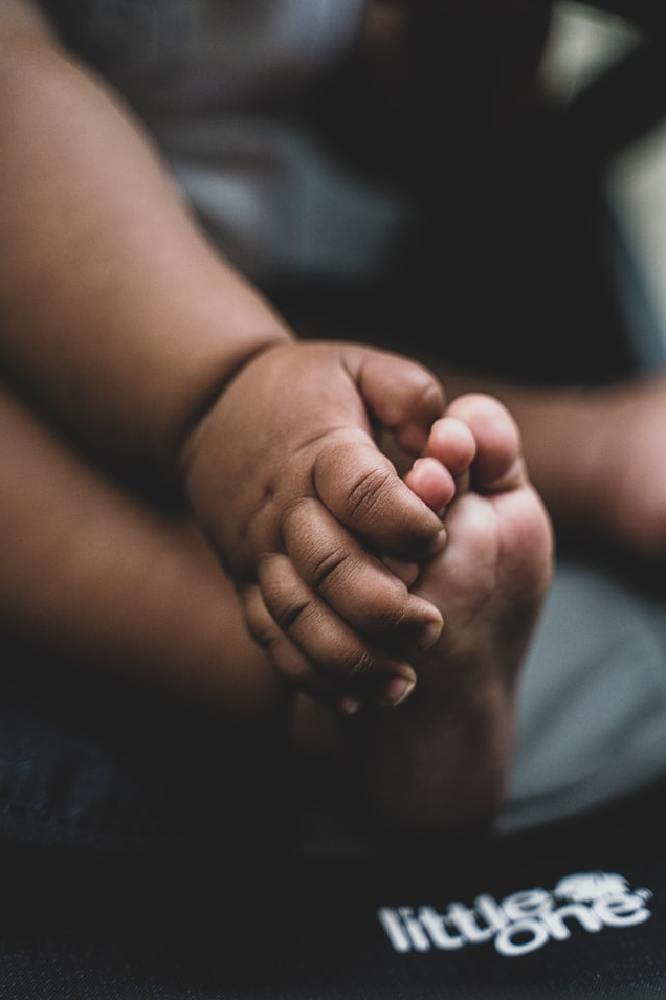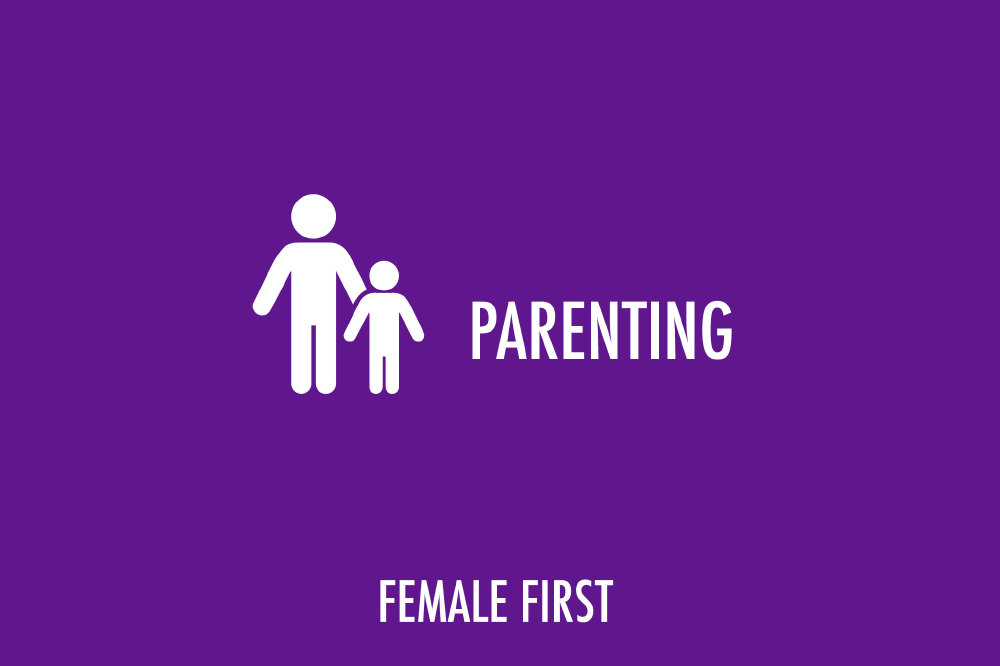By Chesca Colloredo-Mansfeld, CEO and co-founder of MiracleFeet – the leading global children’s nonprofit organization on a mission to eliminate untreated clubfoot worldwide. (https://www.miraclefeet.org/).

Image courtesy of Unsplash
What is clubfoot, and can you describe the symptoms?
Clubfoot causes one or both feet to turn inwards and upwards due to abnormal development of the tendons, muscles, and bones in the foot. Also known as talipes equinovarus, clubfoot is a congenital birth defect meaning it is a condition that develops prenatally and may be identified before or at birth.
Whilst clubfoot can range from mild to severe, the same general appearance is consistent throughout all cases. Nevertheless, it is highly treatable and after receiving care, almost all children go on to live healthy, active lives with little or no lasting effects.
What causes clubfoot to develop?
Clubfoot has been documented for thousands of years, and in fact recent studies show that it is the most common congenital cause of physical disability worldwide. Although the exact causes are unknown, research suggests that genetic and environmental factors may play a role in some instances.
Despite the fact that an estimated 200,000 babies are born with clubfoot every year, people in the UK are still largely unfamiliar with the condition due to early detection and treatment available through the advanced healthcare system. However, due to global birth rates, 90% of children born with clubfoot today are in low- and middle-income countries, where only one in five have access to proper care. Left untreated, walking is difficult and painful and the stigma surrounding the condition can also have an extremely detrimental impact.
MiracleFeet is on a mission to end untreated clubfoot worldwide. Founded in 2010, so far MiracleFeet has treated nearly 70,000 children around the globe and is poised to make an even greater impact in the years to come.
Is clubfoot a disability?
Even though clubfoot is classed as a disability, the good news is that more than 95% of children who are treated early can experience active, healthy lives.
The Gold-standard of treatment, endorsed by medical associations around the world, is known as the Ponseti method. It’s an affordable, non-invasive and non-surgical treatment which involves wearing a series of casts for 6-8 weeks to gently reposition the feet, followed by a simple procedure to release the Achilles tendon. Lastly, infants wear a foot abduction brace while sleeping to prevent relapse.
Ideally, treatment should begin within weeks of birth when the tendons and ligaments are at their most elastic.
You might be thinking “I’ve never seen anyone with clubfoot”—and that’s because it is so treatable. In wealthy countries, most children have access to this treatment at birth, and particularly in the UK, the Ponseti method of treatment is available on the NHS.
Despite clubfoot being among the most common birth defects, this condition has been largely neglected from global health and development agendas, and there is no WHO-backed strategy for helping those born with this treatable disability.
As a result, many children living with untreated clubfoot face stigma and discrimination and are among the least likely to enjoy the benefits of education and healthcare. Even worse, they are prone to higher risks of neglect, poverty, discrimination, and abuse. MiracleFeet is on a mission to ensure that every child has the care they need to thrive.
About MiracleFeet
MiracleFeet is the largest global non-profit organization working to ensure that every child born with clubfoot has access to proper care. MiracleFeet has already helped nearly 70,000 children across 33 countries. Through partnerships with local healthcare providers, they work to bring clubfoot treatment to countries lacking adequate access to this inexpensive treatment—costing only 350 GBP per child on average. With the help of MiracleFeet, this care is either free or very low-cost for the families who require it.


